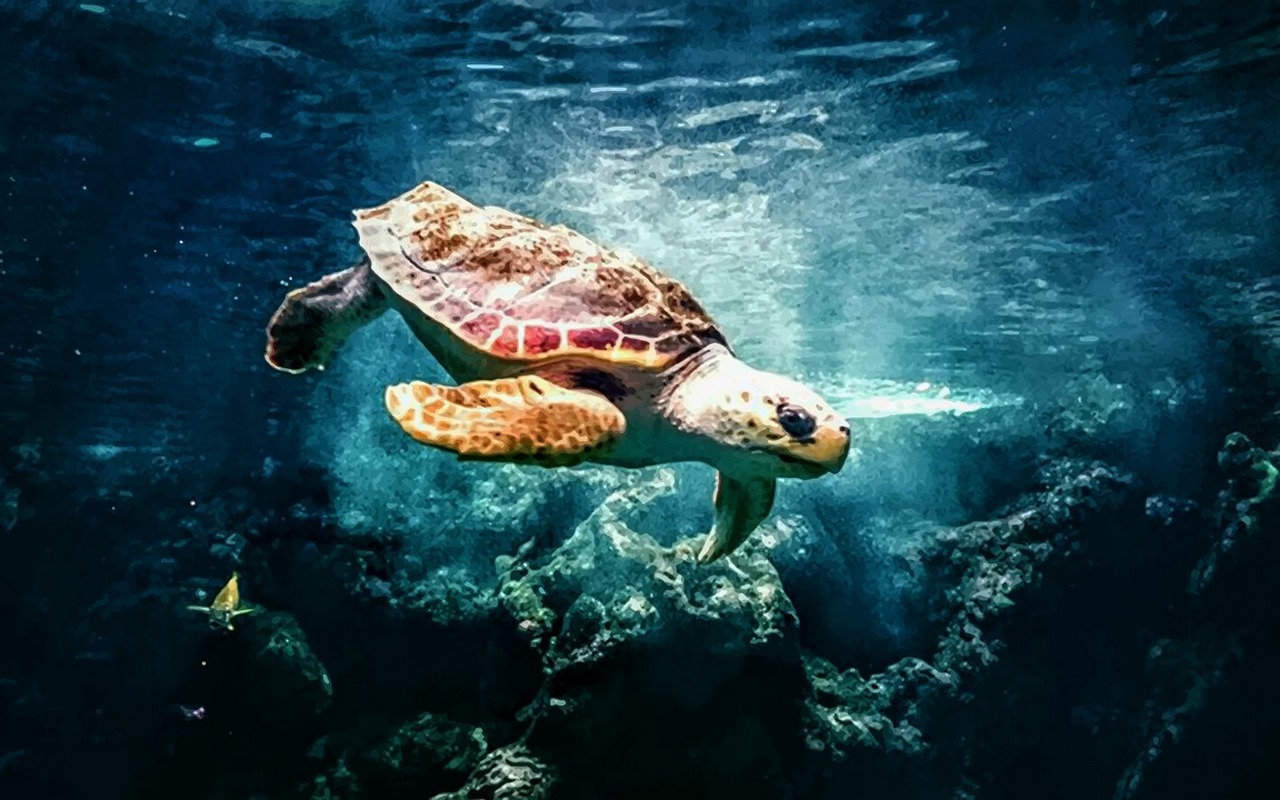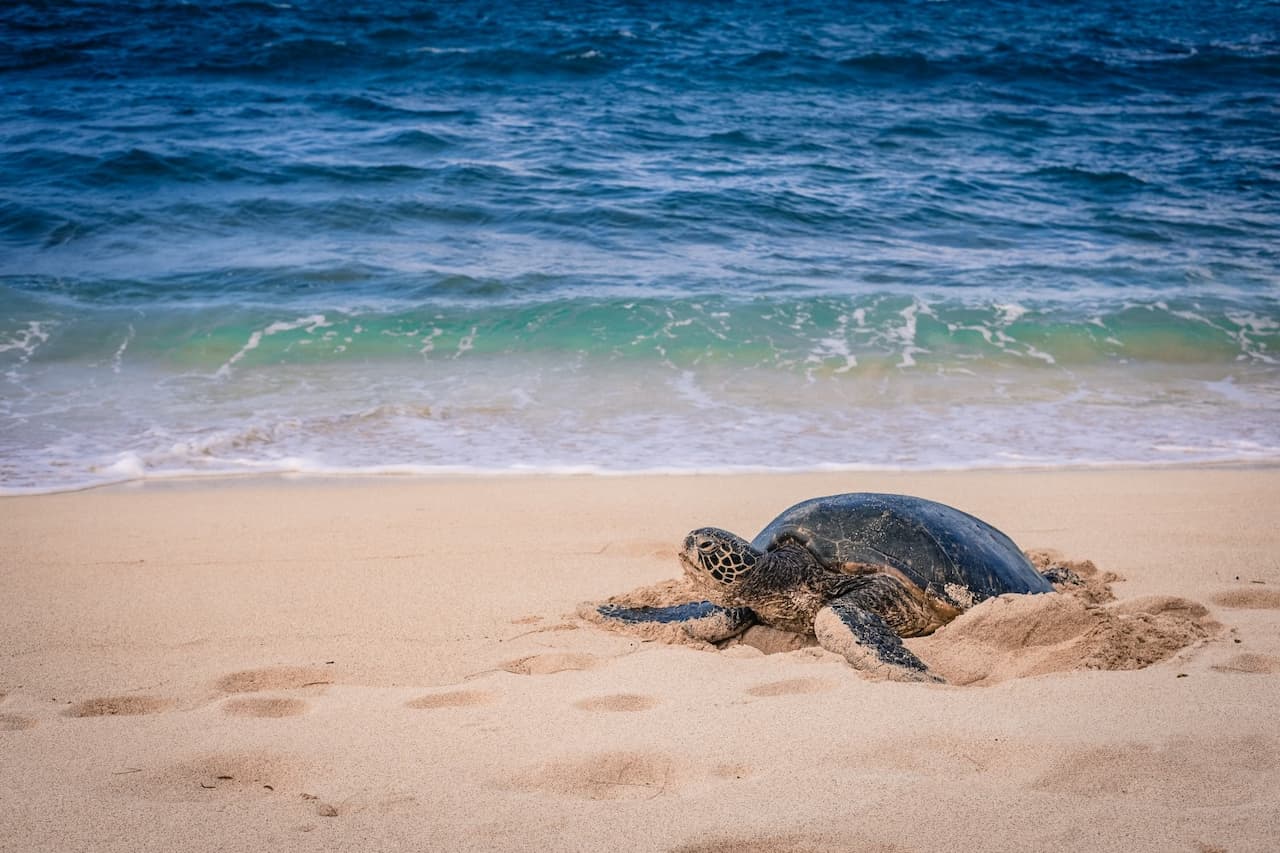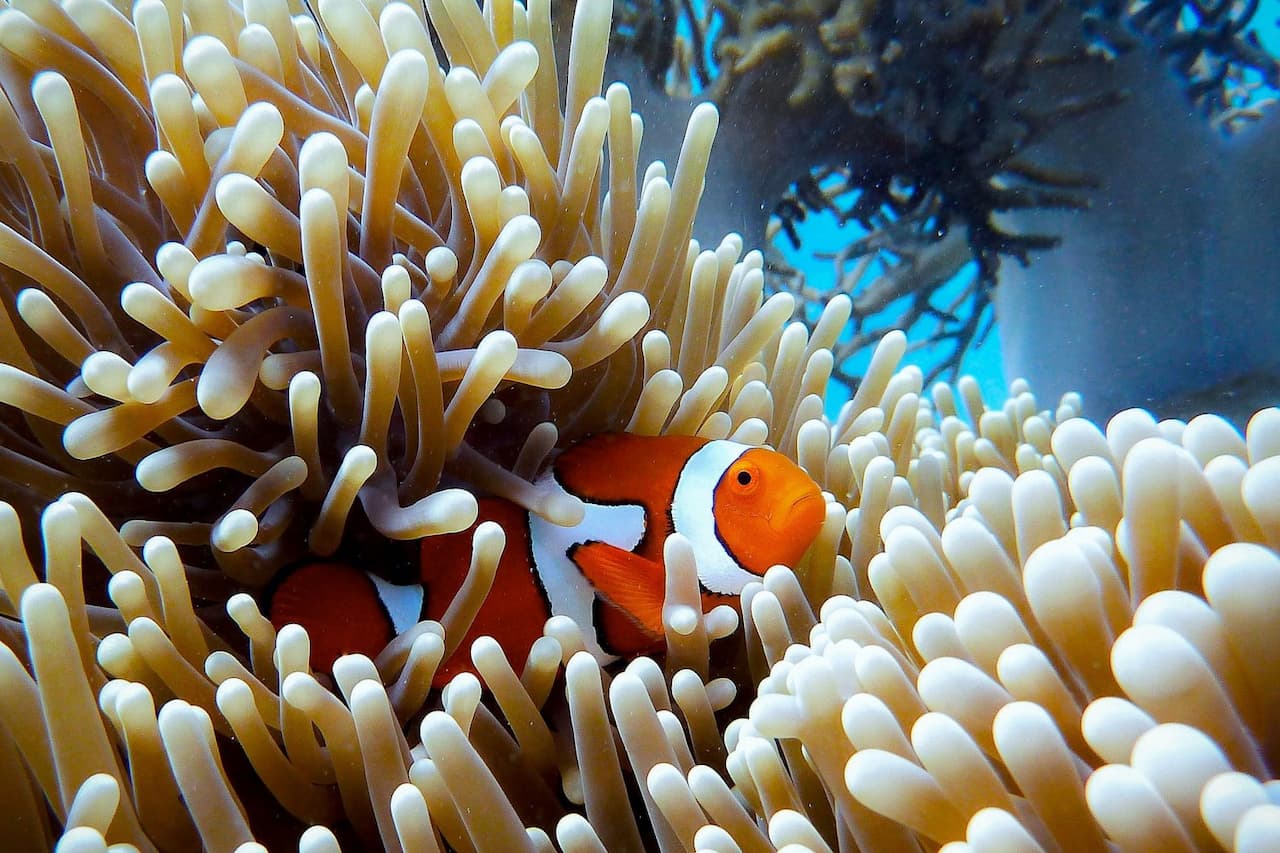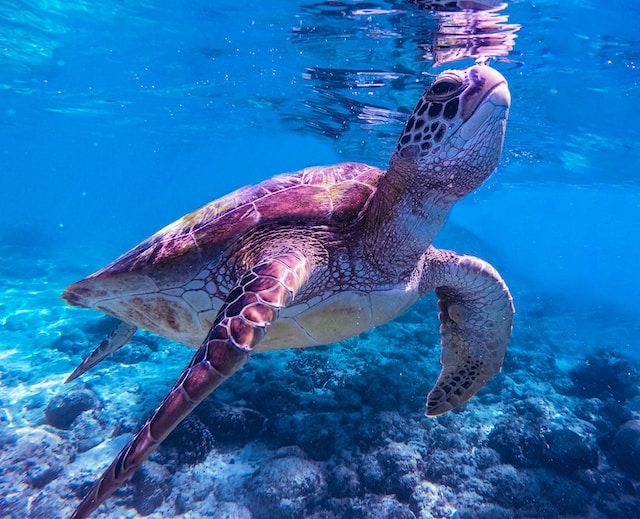For more than 100 million years, sea turtles have lived in the world’s oceans. Today, however, the survival of these living witnesses to the age of the dinosaurs is threatened.
Three of the seven species – the green turtle, the bissa turtle and the Atlantic reedle – are listed as endangered or threatened on the Red List of Threatened Species published by the nonprofit International Union for Conservation of Nature (IUCN). Three others, the leatherback, olive ridley turtle and loggerhead, are considered “vulnerable.” Not enough data is available to determine the status of the flatback sea turtle.
Conservationists want to preserve sea turtles, which play an important role in the ecosystem of the seas.
Leatherback sea turtles and bisects help control populations of jellyfish and sponges. Green sea turtles eat seagrass, which must be low for many fish species to breed in it.
Eliminating Threats.
Bycatch, the incidental catch due to inaccurate fishing methods aimed at catching other marine life, is a serious problem. Another problem lies in beachfront development, as sea turtles lay eggs on beaches and baby turtles should be able to enter the ocean unhindered.
Christine Dawson, head of the U.S. Department of State’s Nature Conservancy, calls the “devastating loss of nature, of biodiversity in all its richness” the most alarming trend.
“This is exacerbated by the sheer volume of illegal wildlife around the world, facilitated by organized criminal networks that profit from the illegal wildlife trade,” she said. Such activities include the black market trade in eggs, shells and sea turtle meat.
There is good news, however, according to Joseph Fett of the State Department. Turtle release devices, or TEDs, reduce commercial fishermen’s bycatch. In states where fishermen have used TEDs for some time, it is widely believed that TEDs not only save sea turtles but also make trawling more efficient, Fett said.
Fett believes sea turtles can also be saved by: protecting beaches during nesting periods; controlling the consumption of sea turtles and their eggs; and combating the trade in their shells and meat.
According to Dawson, the illegal trade attracts “high-level attention as serious organized crime. International organizations, governments, nongovernmental organizations and stakeholders are becoming more experienced and effective in combating wildlife trafficking – and are recognizing patterns and commonalities with other types of crimes against nature.”
The role of international cooperation
Further plans to protect sea turtles are underway, including lit gillnets, which are being tested in Peru, Mexico, Indonesia and other countries. “The first trials of illuminated gillnets began about a decade ago,” says Anne Marie Lauritsen, a sea turtle conservation expert with the U.S. National Oceanic and Atmospheric Administration.
“The decline in sea turtles observed in bycatch suggests that lighted nets may be an effective conservation tool for some fisheries that use gillnets at night,” she said. – Tests are ongoing so that we can better study the effectiveness of illuminated gillnets under different environmental conditions and see if there are differences among sea turtle species in this regard.”
The U.S. Fish and Wildlife Service is working with governments and nongovernmental organizations around the world to “conduct and share sea turtle-related research, protect nesting sites and tag sea turtles to track their movements,” Fett said. In the same spirit, the National Marine Fisheries Service is conducting research and improving fishing practices around the world to minimize harm to sea turtles.
The State Department supports the efforts of both agencies and has a program to certify countries whose shrimp fishing practices do not harm sea turtles.
The Inter-American Convention on the Protection and Conservation of Sea Turtles promotes the protection, conservation, and restoration of six turtle species and their habitats in the waters of South and North America and the Caribbean.




